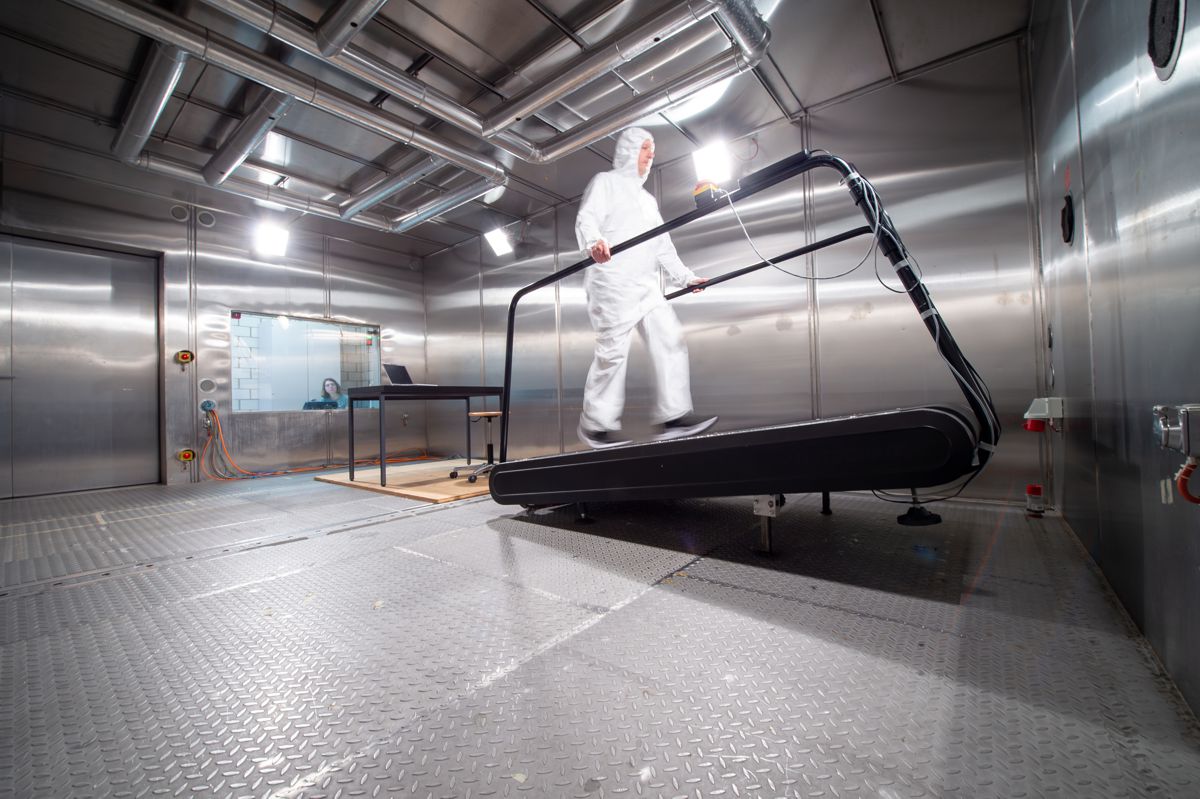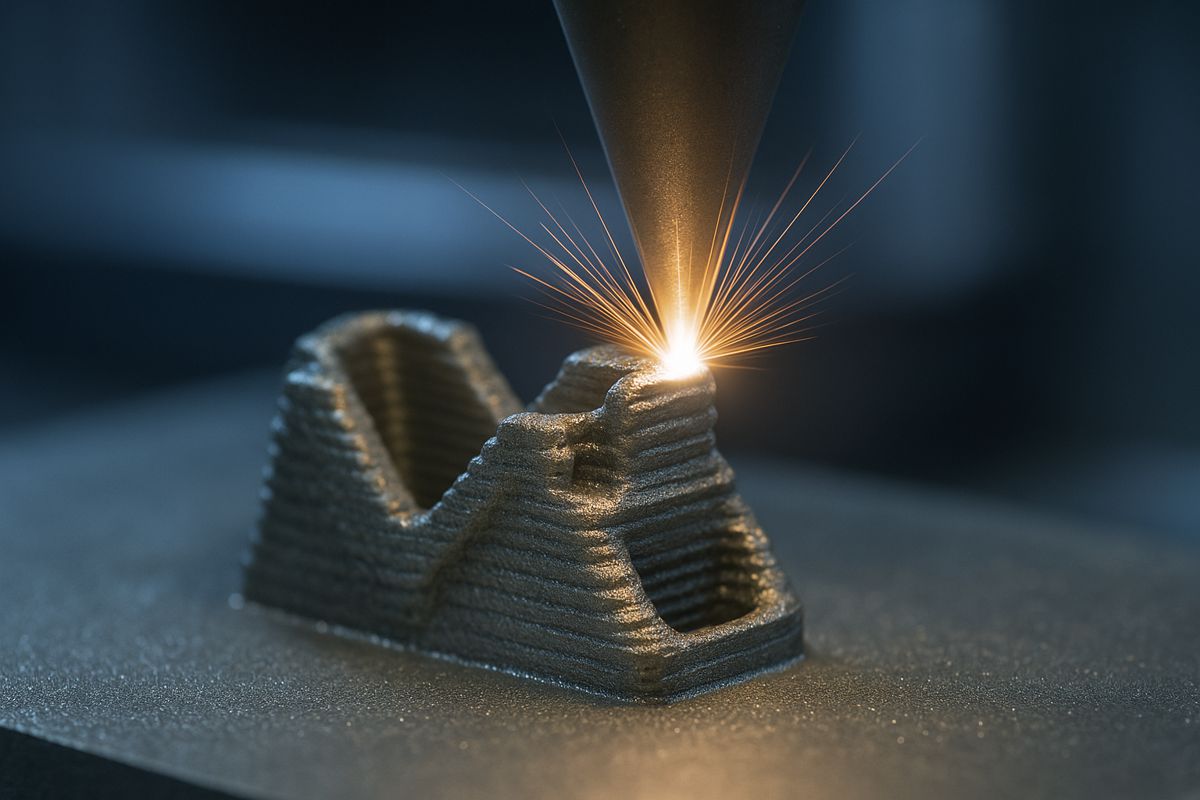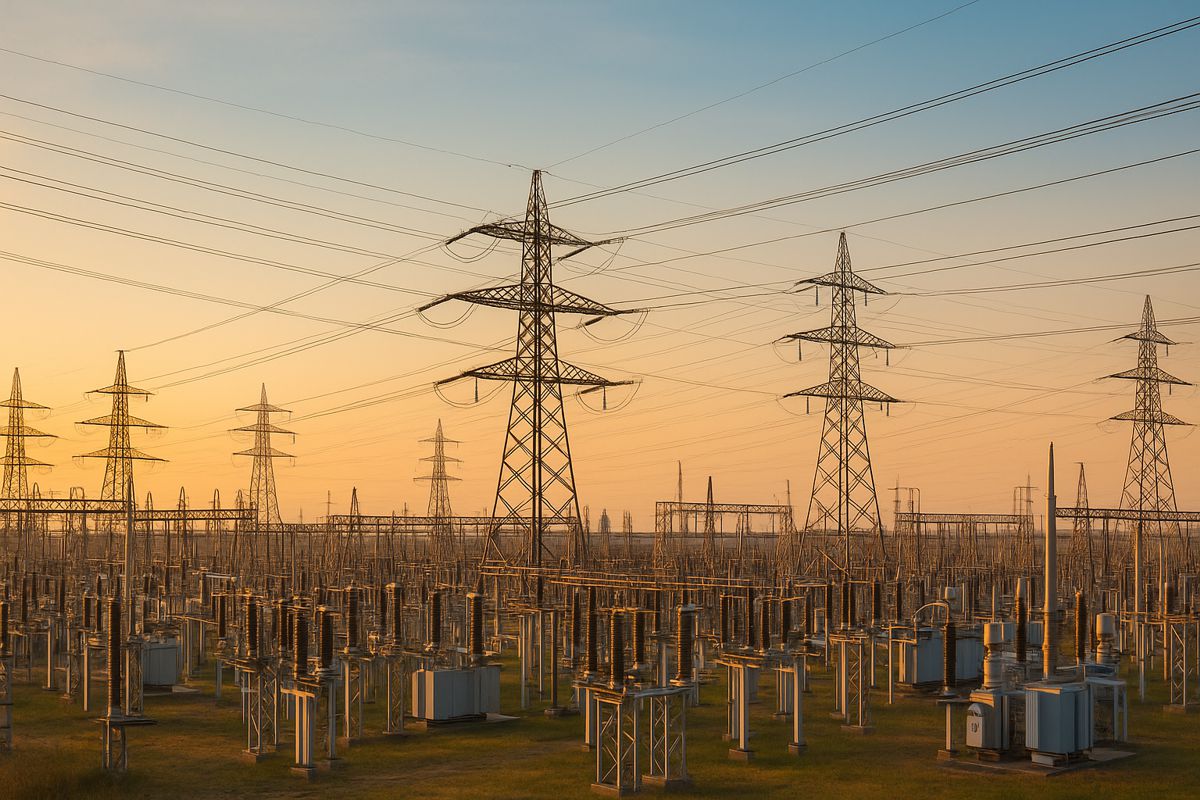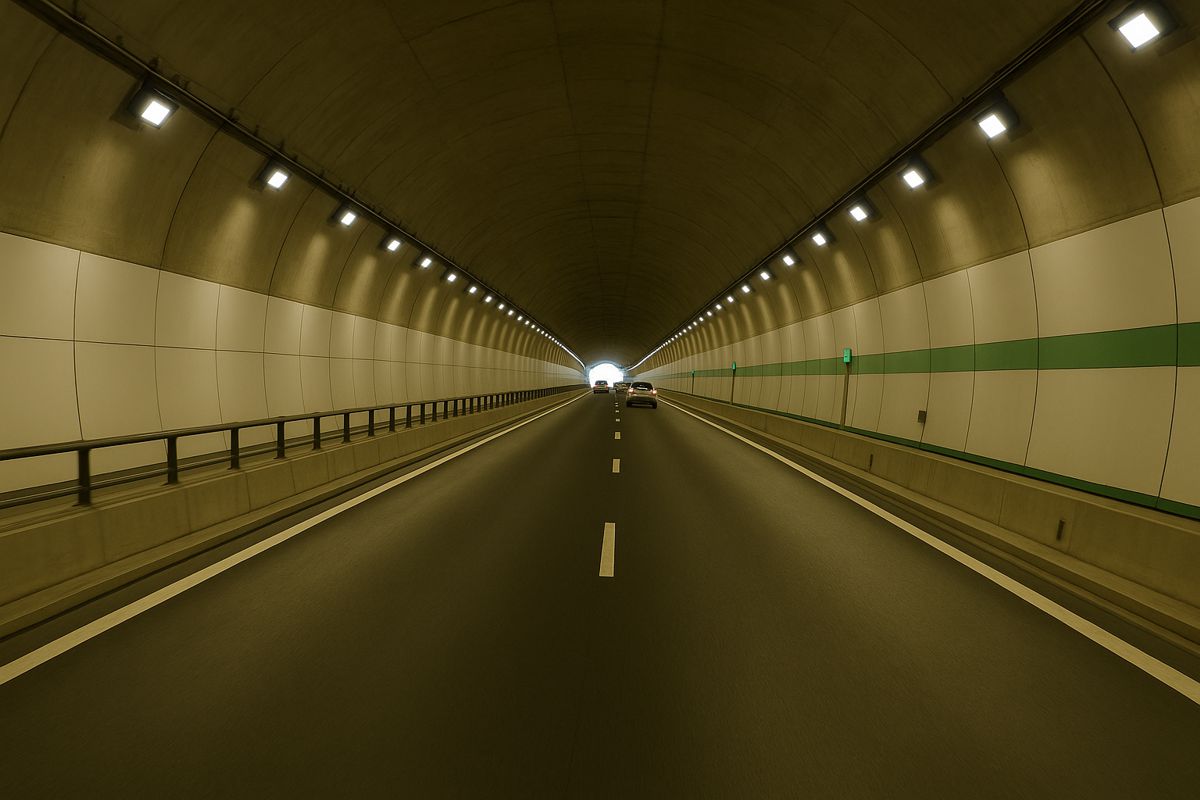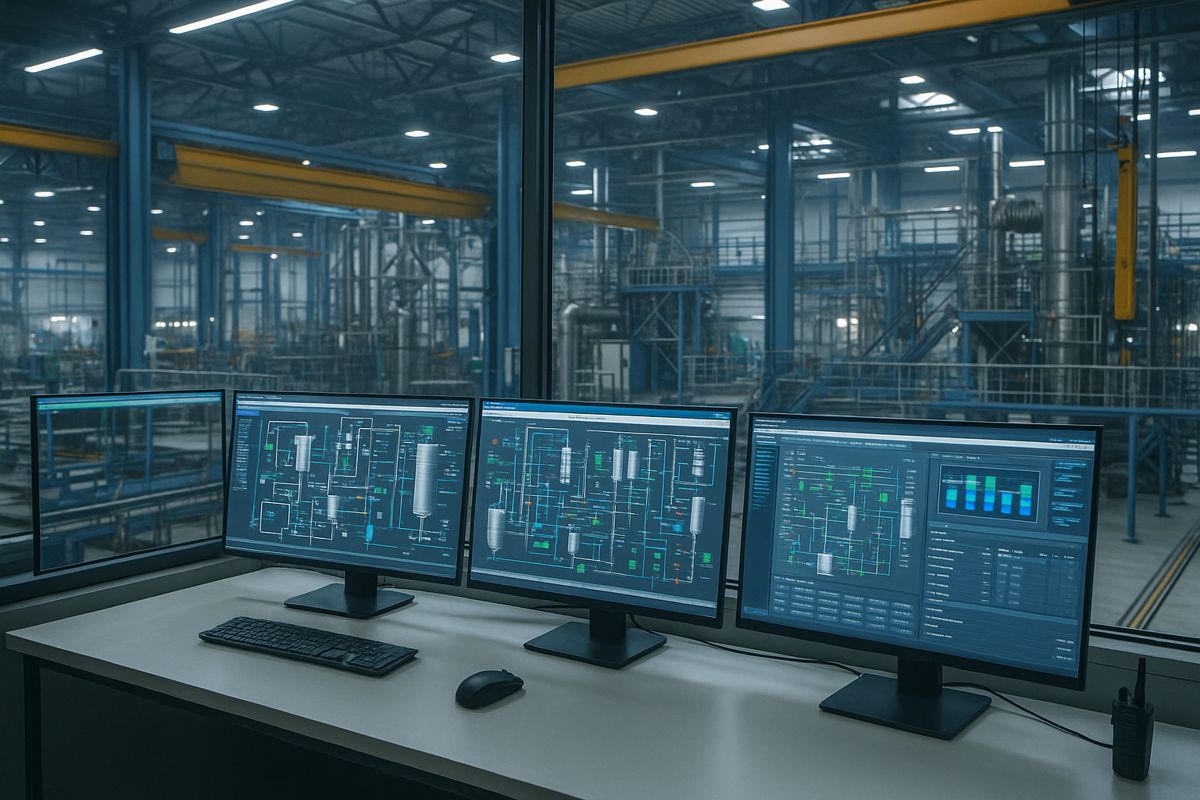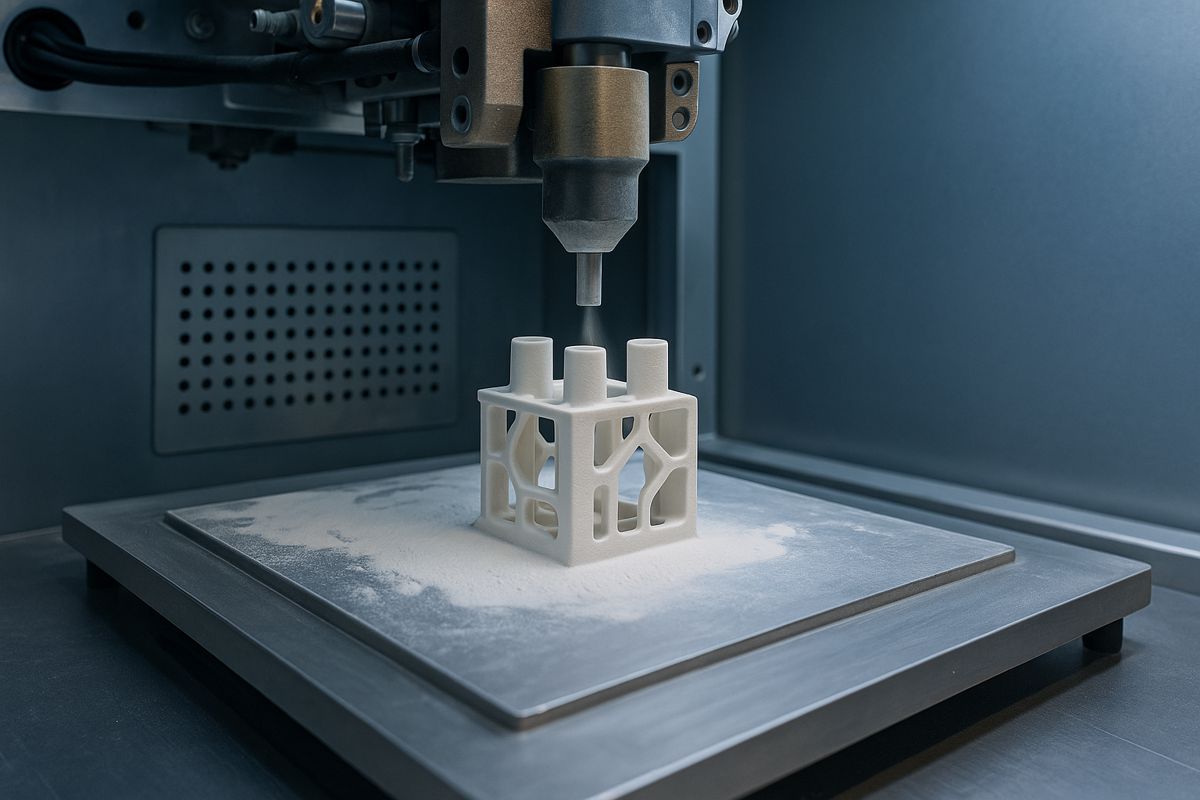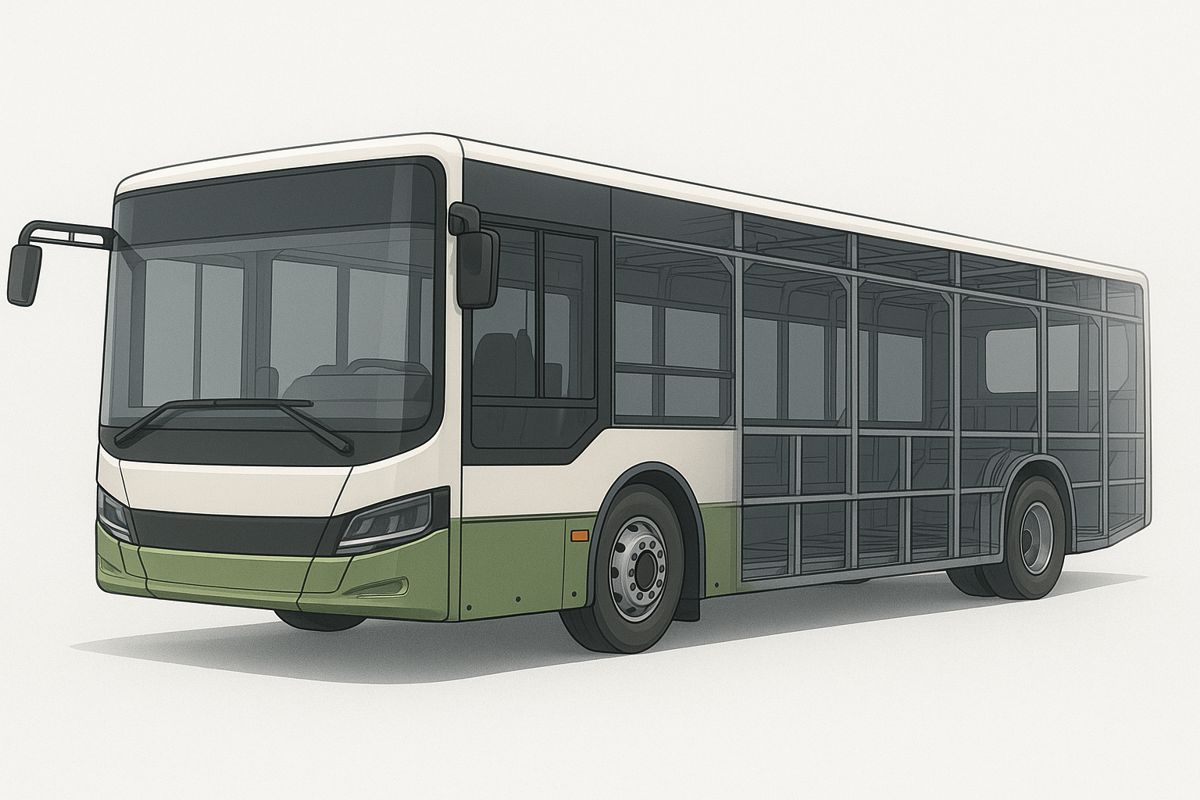Teaching Solar Panels to Dance with the Wind
Harnessing the power of the sun has never been more critical in the global pursuit of net-zero emissions. As solar energy rapidly ascends as the fastest-growing renewable energy source, ensuring its sustainability and resilience against natural forces is paramount.
While solar panels are marvels of modern engineering, their vulnerability to extreme weather, particularly high winds, poses significant challenges. A team of researchers in France, however, may have just cracked the code to address this issue—and it involves a little bit of science, a touch of AI, and some ingenuity.
The Promise of Solar Power
Solar photovoltaic (PV) systems are at the forefront of renewable energy, converting sunlight into electricity with remarkable efficiency. The International Energy Agency (IEA) has highlighted solar power as a cornerstone in achieving global net-zero emissions by 2050. By leveraging the sun’s vast energy potential, nations worldwide aim to cut carbon dioxide emissions and transition to cleaner energy grids.
However, while solar panels provide a cleaner alternative to fossil fuels, they’re not without their quirks. Wind, for instance, has a love-hate relationship with solar panels. On the one hand, it helps by clearing dust and debris from the panels, improving efficiency. It also cools them down, mitigating the heat that can diminish their performance.
On the other hand, high wind speeds can wreak havoc, potentially causing structural damage, operational downtimes, and significant financial losses. In fact, insurance claims tied to wind-related damage in PV systems have surged as the adoption of solar energy grows.
A New Approach to Wind Challenges
Recognising these vulnerabilities, a group of researchers at the Centre for Material Forming at PLS University in Sophia Antipolis, France, set out to find a solution. Their ground-breaking study, published in Physics of Fluids by AIP Publishing, explores a novel numerical decision-making framework aimed at safeguarding solar panels during extreme weather.
“By blending advanced fluid dynamics and artificial intelligence, we saw an opportunity to address wind damage risks innovatively and contribute to the resilience of renewable energy systems,” said Elie Hachem, one of the study’s authors.
Traditional methods for protecting solar panels from wind damage have centred on altering row spacing, ground clearance, and tilt angles. While these strategies have their merits, they’re far from foolproof. Panels are typically placed in a safe ‘stow’ position parallel to the ground when winds reach critical speeds. This approach, however, has limitations: it reduces energy output and often fails to offer sufficient protection against the most severe wind conditions.
A Smarter, More Dynamic Solution
The research team’s innovative framework takes a decidedly smarter approach. Combining machine learning with advanced wind simulations, the method optimises the tilt angles of individual solar panels during high-wind events. What sets this system apart is its ability to treat each panel as an independent ‘decision-maker.’ Instead of relying on static stow positions, panels can adapt dynamically, adjusting their angles to reduce stress and maintain some level of energy production.
“It’s like teaching the panels to dance with the wind, minimizing damage while protecting energy production during high wind speeds,” explained Hachem.
By integrating artificial intelligence and computational fluid dynamics, this system offers a scalable, real-world solution to enhance the resilience of solar energy infrastructure. In preliminary tests, it has significantly outperformed conventional methods, providing a more adaptive and effective safeguard against extreme weather.
Bridging Innovation and Sustainability
This decision-making framework isn’t just a win for engineers; it’s a step forward for sustainability. By reducing wind damage risks, it ensures that solar panels remain operational and efficient, even in challenging conditions. This not only reduces repair costs and insurance claims but also contributes to the broader goal of creating a reliable renewable energy grid.
Moreover, the implications of this research extend beyond solar panels. The fusion of AI and fluid dynamics has the potential to influence other sectors reliant on renewable energy and adaptive systems. From wind turbines to energy storage units, the possibilities are vast.
Resilient Renewable Systems
As the world races to combat climate change, every innovation counts. The French team’s work exemplifies the kind of forward-thinking solutions needed to tackle the challenges facing renewable energy. By enabling solar panels to ‘think’ and adapt, they’re not just protecting a critical resource; they’re redefining the future of renewable energy infrastructure.
The study, titled “Combining machine learning and computational fluid dynamics for solar panel tilt angle optimization in extreme winds,” is set to be a significant contribution to the field. Published in Physics of Fluids on 17 December 2024, it’s authored by T. Michel, A. Ansaldi, J. Viquerat, P. Meliga, and E. Hachem. The research offers a blueprint for how advanced technologies can bolster the resilience of renewable energy systems, ensuring their viability in a world increasingly defined by climate uncertainties.
A Bright Future for Solar Energy
This innovative approach to solar panel protection heralds a new era in renewable energy. By teaching panels to ‘dance’ with the wind, researchers are paving the way for smarter, more resilient systems capable of withstanding the test of time—and nature.
As renewable energy continues to grow, so too must our capacity to innovate. Solutions like this underscore the importance of blending technology with creativity, ensuring a sustainable and resilient energy future for generations to come.










